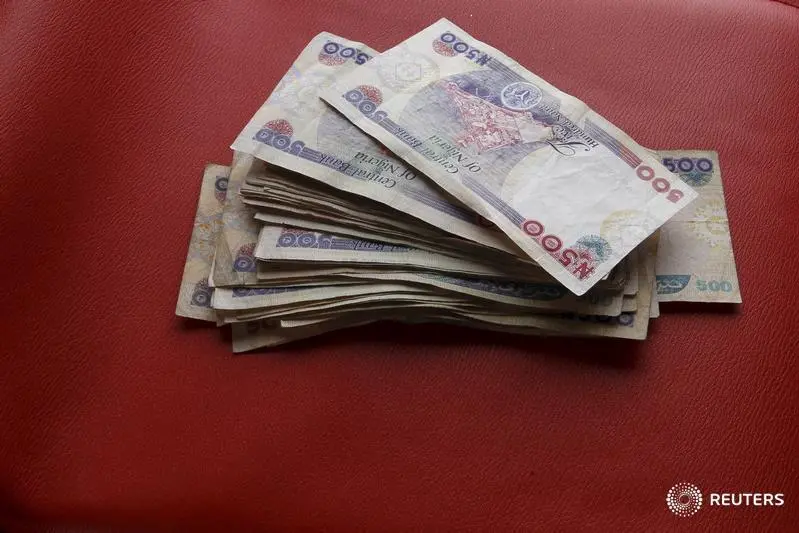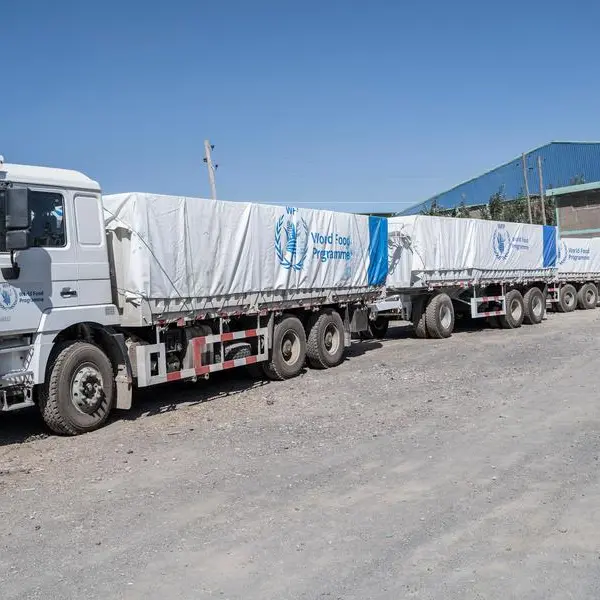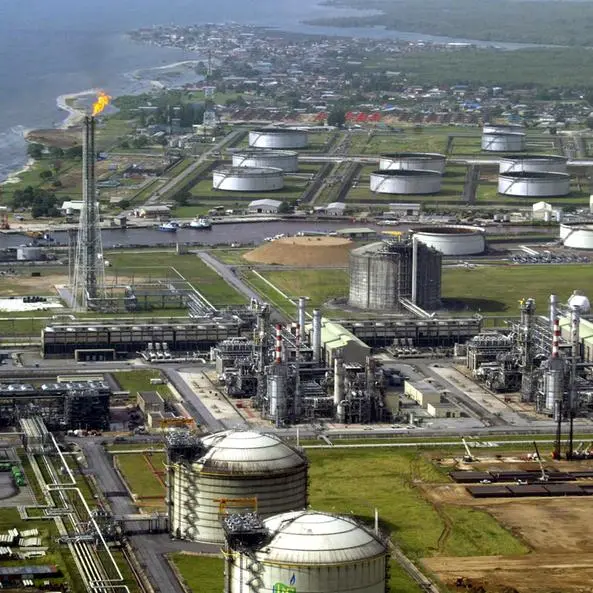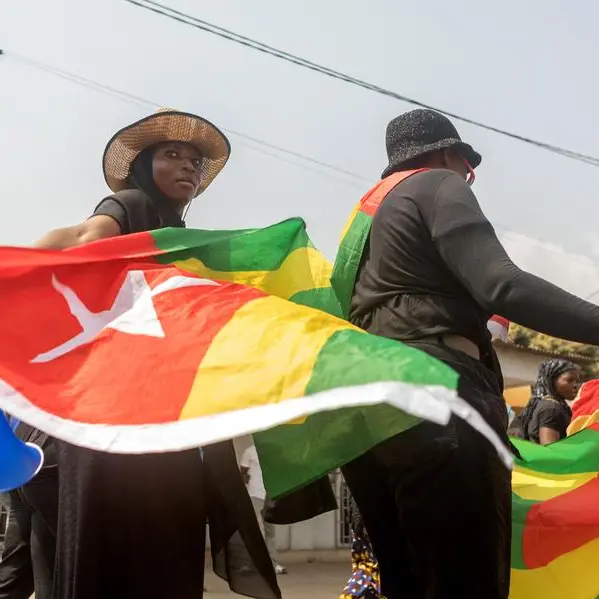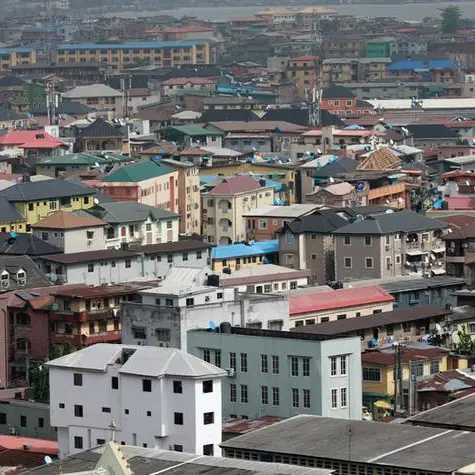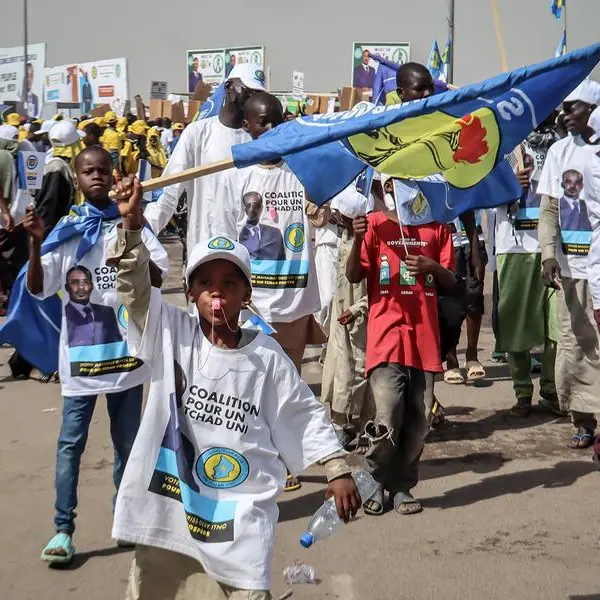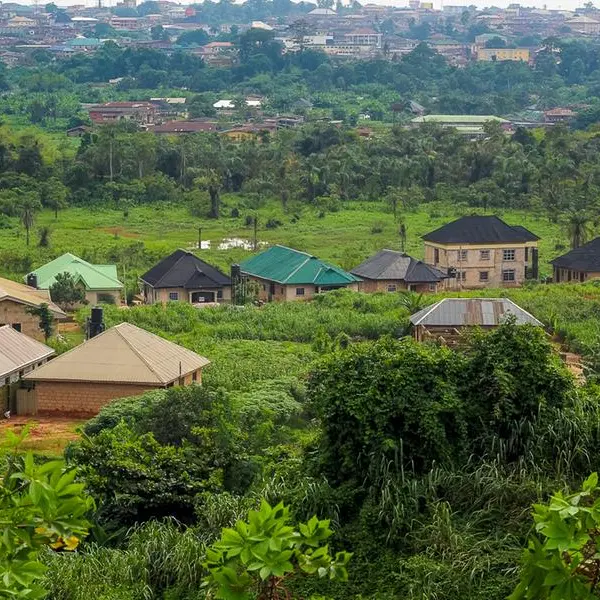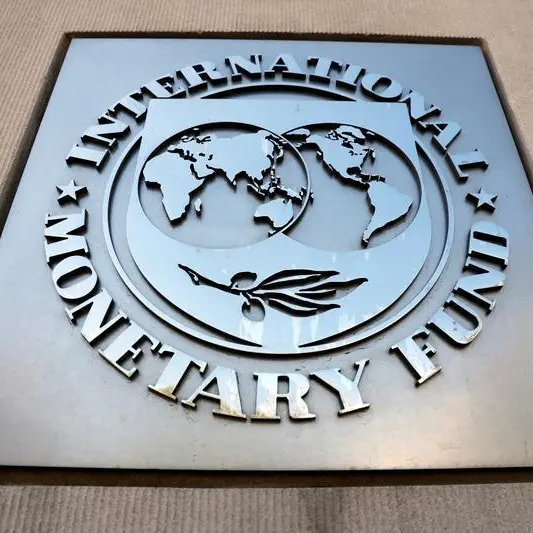PHOTO
Diaspora remittance to Nigeria rose by 11.2 per cent in 2021 to $19.2bn from the $17.21bn recorded in 2020.
The figure was the highest in Sub-Saharan Africa (SSA), which recorded a 14.1 per cent leap to $49bn.
This was contained in the World Bank’s Migration and Development Brief released at the weekend.
According to the publication, the Central Bank of Nigeria’s Naira-4-Dollar policy and other interventions were partly responsible for the surge in the inflow of Diaspora remittances to the country.
The World Bank added that, “Stabilization of the Naira against the dollar within a range of 410-415 per USD over the last year has contributed to the pickup in recorded inflows as well.”
The publication stated that the 14 per cent rise recorded by SSA more than erased “the falloff of 8 per cent recorded in the pandemic year of 2020—and representing the strongest gain since 2018.”
According to the World Bank’s Migration and Development Brief, “Remittances to Africa have maintained a strong secular uptrend, with several years of exception, advancing by 11 per cent on average per year over 2004–21. However, remittances have never proved dominant among external financial flows for the region, eclipsed by ODA over the period (by some $9 billion in 2021) and by robust—yet quite volatile—inflows of FDI, largely directed toward resource-rich economies (the surge in FDI during 2021 reflects a mega M&A transaction in South Africa). Portfolio investment inflows have been volatile historically, given the region’s debt difficulties; and portfolio flows now have been adversely affected by the onset of the Russia-Ukraine crisis.”
The publication listed the top five recipient countries of remittances in 2021 as India, Mexico, China, the Philippines, and Egypt, adding that remittance inflows stand at very high shares of the GDP in Lebanon (54 per cent), Tonga (44 per cent), Tajikistan (34 percent), Kyrgyz Republic (33 per cent), and Samoa (32 per cent).
According to the World Bank, officially recorded remittance flows to low- and middle-income countries (LMICs) are expected to increase by 4.2 per cent in the current year to reach $630 billion, following an almost record recovery of 8.6 per cent in 2021.
The publication added that the average cost of sending $200 was 6 per cent in the fourth quarter of 2021, double the SDG target of 3 per cent, noting that it is cheapest to send money to South Asia (4.3 per cent) and most expensive to send to Sub-Saharan Africa (7.8 per cent).
Commenting on the cost of sending remittances, Dilip Ratha, lead author of the report on migration and remittances, said “Lowering remittance fees by 2 percentage points would potentially translate to $12 billion of annual savings for international migrants from LMICs, and $400 million for migrants and refugees from Ukraine. “The cross-border payment systems, however, are likely to become multi-polar and less interoperable, slowing progress on reducing remittance fees.”
Copyright © 2022 Nigerian Tribune Provided by SyndiGate Media Inc. (Syndigate.info).
